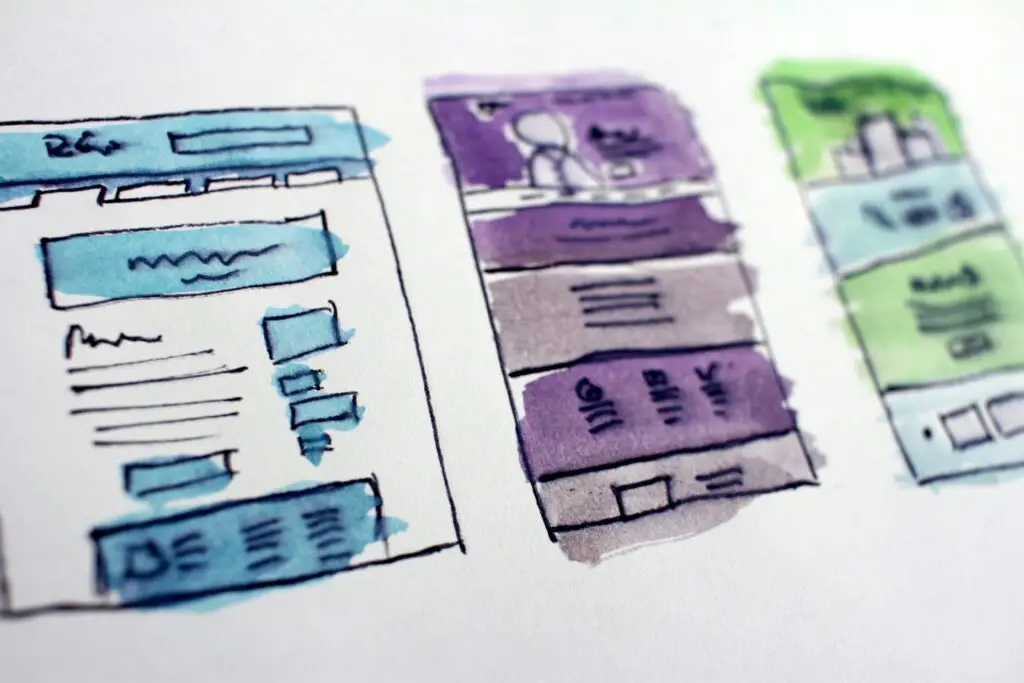The Ultimate Guide to Adaptive Software Development in SaaS

Are you struggling to keep up with rapidly changing tech demands? Adaptive Software Development (ASD) might be your solution. Let’s explore how this flexible approach can revolutionise your software creation process, especially when combined with Agile principles.
The ASD Advantage
In today’s fast-paced tech world, businesses need nimble approaches to software creation. Adaptive Software Development offers a powerful solution, helping teams build better products faster. This is especially crucial for new SaaS ventures or companies entering unfamiliar markets.
What is Adaptive Software Development?
Adaptive Software Development is a flexible, iterative approach to software development. It focuses on:
- Rapid prototyping
- Continuous learning
- Team collaboration
- Embracing change
Unlike rigid methods, ASD adjusts to new information and market shifts, making it ideal for uncertain or evolving projects.
ASD vs. Agile: Complementary Approaches
While related, ASD and Agile have distinct focuses:
- ASD emphasizes adapting to changing requirements and embraces uncertainty as a given.
- Agile provides a broader framework for iterative development, focusing on customer collaboration and working software.
Businesses can benefit from combining these approaches, especially in early development stages:
- Use ASD’s “Speculate, Collaborate, Learn” cycle for overall project direction.
- Implement Agile methodologies like Scrum or Kanban for day-to-day task management.
- Adopt ASD’s embrace of uncertainty while using Agile’s customer collaboration principles.
This combination allows for maximum flexibility and responsiveness to both market changes and customer needs.
Benefits for Businesses
- Faster Time to Market: Quick cycles mean products launch sooner.
- Improved Quality: Constant feedback loops catch and fix issues early.
- Better Customer Satisfaction: Products align closely with user needs.
- Reduced Risk: Regular adjustments prevent major project derailments.
- Enhanced Team Morale: Collaboration and flexibility boost motivation.
Evidence supports these adaptive methods’ effectiveness. A Project Management Institute study found that they increased project success rates by 28% compared to traditional approaches.
Implementing Adaptive Software Development with Agile Concepts
To start with this combined approach:
- Embrace uncertainty. Plan for change, not perfection.
- Build cross-functional teams. Mix skills for diverse perspectives.
- Set short development cycles. Aim for 2-4 week sprints (an agile concept).
- Gather constant feedback. Talk to users often (core to both ASD and Agile) and ensure to feedback learnings to the team.
- Reflect and adjust regularly. Learn from each cycle and make continuous improvements.
- Use Agile tools like daily stand-ups and sprint retrospectives within the ASD framework to achieve alignment and team velocity.
For new SaaS products or companies targeting new industries, this combined approach offers clear advantages. It allows for quick pivots based on market response and user feedback, crucial when entering unknown territory.
Dropbox: A case study for Adaptive Software Development
Dropbox exemplifies the power of adaptive methods. They used a combination of ASD and Agile principles to rapidly iterate their product, growing from 100,000 to 4 million users in just 15 months. Their approach included:
- Launching a basic MVP (Minimum Viable Product) quickly
- Releasing updates every 1-2 weeks based on user feedback
- Focusing on core features like reliability and ease-of-use
- Continuously analysing user behaviour to guide development
- Pivoting from consumer to business focus as market needs evolved
This agile strategy allowed Dropbox like Box to outpace competitors and become a leader in cloud storage.
Conclusion
Combining Adaptive Software Development with Agile methodologies provides a powerful framework for modern software creation. This approach’s flexibility and focus on learning make it especially valuable for businesses navigating new waters in the SaaS world. By embracing these principles, you can build products that truly meet user needs and adapt quickly to market changes.
Ready to transform your software development process? Consider implementing this combined Adaptive Software Development-Agile approach in your next project with SMELighthouse and experience the benefits firsthand.
One thought on “The Ultimate Guide to Adaptive Software Development in SaaS”